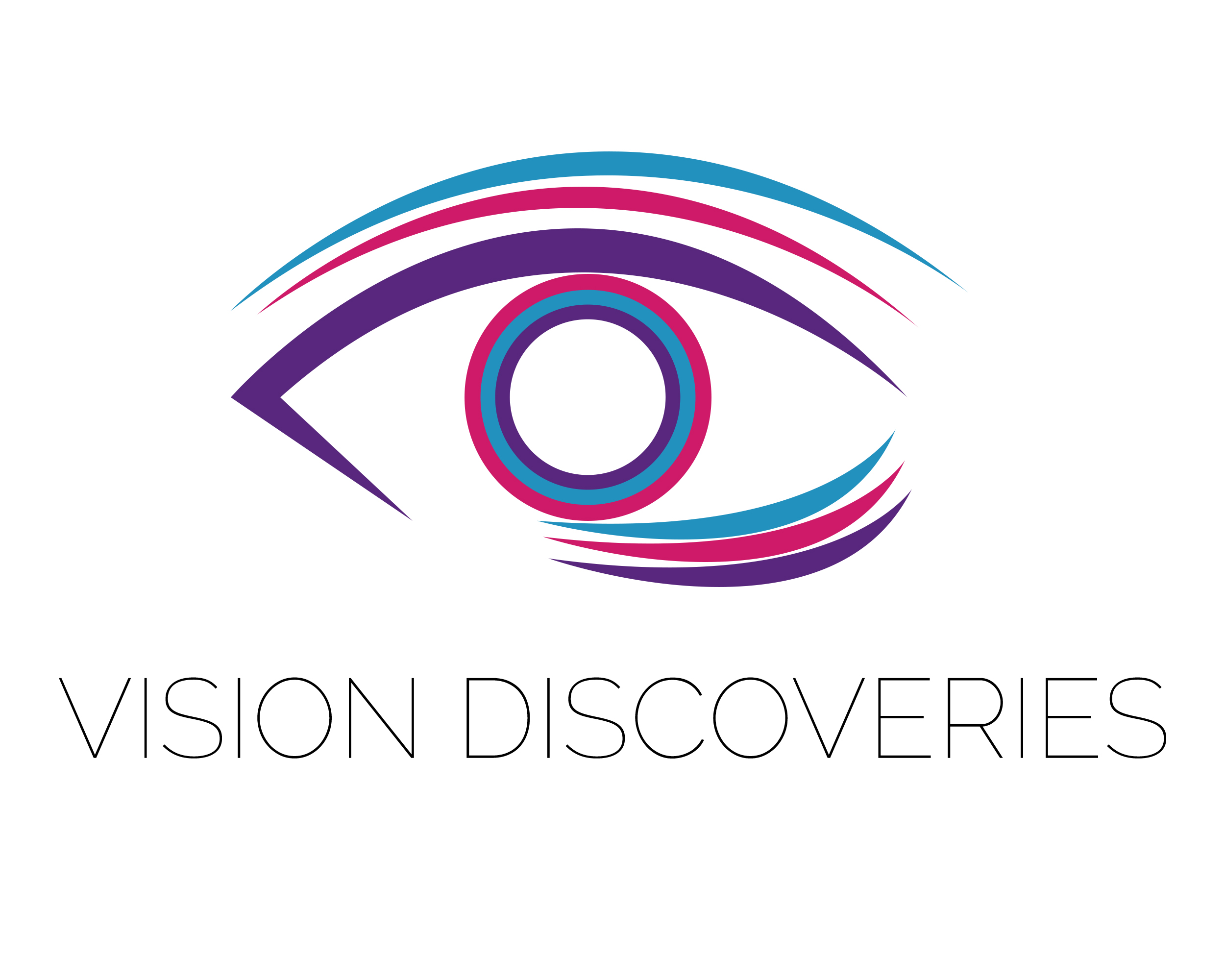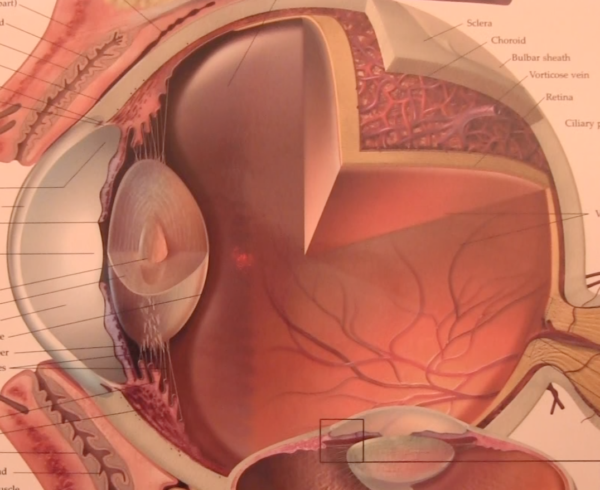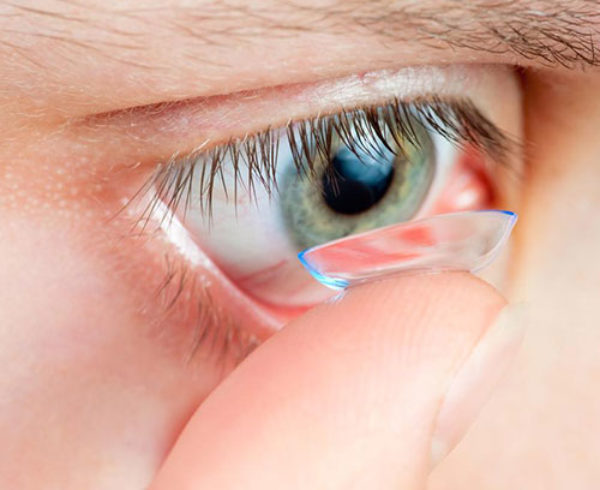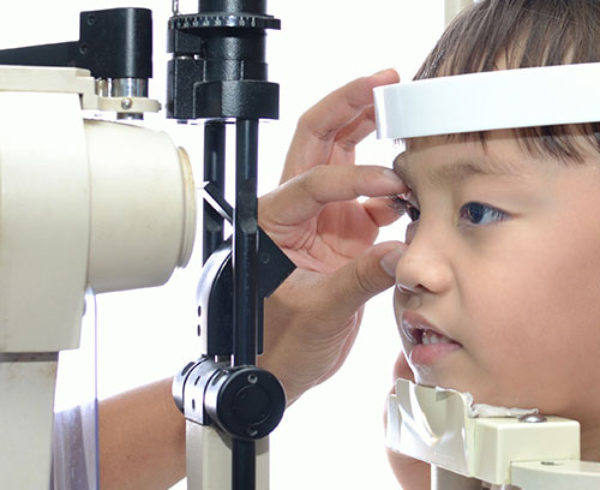Nail Salon Industry Statistics:
Nail salons are a growing industry. According to estimates by Nails Magazine, the nail industry grew to $8.51 billion dollars in 2015 and had an employment growth of over 15%. There are approximately 400,000 active nail licenses and 129,000 nail salons in the U.S. Nail technicians are predominantly female, early middle aged, and married with children. 51% of nail technicians are Vietnamese, and 40% are Caucasian.
Nail Salon Products:
Nail technicians use products such as nail polishes, removers, and artificial nail liquids, which contain many chemicals, such as, acrylates, solvents, and biocides. These present in the form of vapors, dusts, and mists, which can be inhaled, swallowed, or land on the skin and eyes. Nail technicians are exposed to these chemicals and through repeated use, can develop serious adverse health conditions. Many studies have found a link between nail technicians’ work and adverse respiratory, neurological, and musculoskeletal problems.
Health Risks:
Hazardous chemicals:
Acetone, which is used as a nail polish remover, can cause headaches, dizziness, and irritated eyes, throat, and skin. Dibutyl pthalate, ethyl acetate, and formaldehyde are used in nail polish, and can cause nausea, allergic reactions, difficulty breathing, and asthma like symptoms. Formaldehyde is a also a human carcinogen. Toluene, found in fingernail glue and nail polish, can cause cracked skin, irritation to the eyes and throat, weakness, and damage to the kidneys and lungs. These potentially harmful chemicals can cause nail technicians to have respiratory problems, skin irritation, dry eyes, and headaches.
Musculoskeletal Problems:
Nail technicians spend many hours doing repetitive motions, such as nail filing, constantly leaning over their work station, and resting their arms and elbows against hard or sharp surfaces. This constant stress on the body causes muscle aches and pains, and injury to the bones, joints, and nerves.
Blood borne pathogens:
Nail technicians are at risk of infection by bacteria, fungi, and viruses through an infected client. Blood borne pathogens, such as, Hepatitis B, Hepatitis C, and human immunodeficiency virus (HIV) are transmitted through infected blood. Fungal infections of the nails or feet can be transmitted through direct skin-to-skin contact.
Occupational Safety and Health Administration (OSHA):
OSHA provides a Hazard Communication Standard, which requires product manufacturers to provide a material safety data sheet for each product that contains a hazardous chemical of 1% or more that could be released into the air above limits set by OSHA. These data sheets explain the health risks of the product and precautions for its use.
Prevention and Ways to Reduce Exposure:
Use products that contain less hazardous chemicals, such as products without toluene, formaldehyde and dibutyl phthalate. Use acid free products, which do not contain methacrylic acid.
Good ventilation is key to improving working conditions and lowering chemicals in the salon. Open doors and windows to let in fresh air. Use a ceiling vent and install exhaust fans. Ventilated nail tables and portable source capture ventilation systems draw in contaminated air through a filter before it crosses the breathing zone of the nail technician and vents it back into the room.
Practice proper cleaning methods and safety precautions. Close bottles tightly after its use, use metal trashcans with a closed lid, throw away materials immediately after use, and do not pour chemicals down the sink. Wash your hands before and after every client and before eating or touching your skin. Do not eat in the workstations.
Protect your skin and by wearing long sleeve shirts, long skirts or pants, and gloves. Use nitrile gloves for most chemicals in nail products and latex or vinyl gloves for acetone. Wear googles to protect the eyes and use artificial tears to reduce dry eye irritation. If you develop a skin reaction to a product, discontinue using that product. Use filtering face piece respirators, or dust masks when filing nails and using acrylic powders, rather than cloth medical masks.
Find comfortable practices to reduce stress on the body to prevent aches and pains. Sit on an adjustable chair, have your feet flat on the floor, keep your back supported against the chair, and do not lean over the workstation. Use towels and foam pads on table edges to reduce stress on the arms and elbows. Practice stretching in between clients.
To prevent infection to bacteria, viruses, and fungi, avoid contact with blood and bodily fluids, such as cuts, blisters, and visibly infected skin. If you have cracked skin or any open wounds, bandage them to prevent contact with infectious material. Wear gloves and properly clean and disinfect tools and equipment, such as foot basins and spas, after each client. It is beneficial to get an immunization against Hepatitis B.
Visit your medical doctor and eye doctor annually and tell them your occupation and the types of chemicals you use. Let them know if you are pregnant or planning on becoming pregnant.
Additional Resources:
You can find more in depth information from the Centers for Disease Control and Prevention as well as the Occupational Safety & Health Administration. Nails magazine is also a great resource for nail salon technicians. They provide information on the latest technology for nail salons, options for safer equipment, health tips, and studies on nail and skin disorders.







Hey, thanks for the article post. Thanks Again. Cool. Morna Kelley Kerby